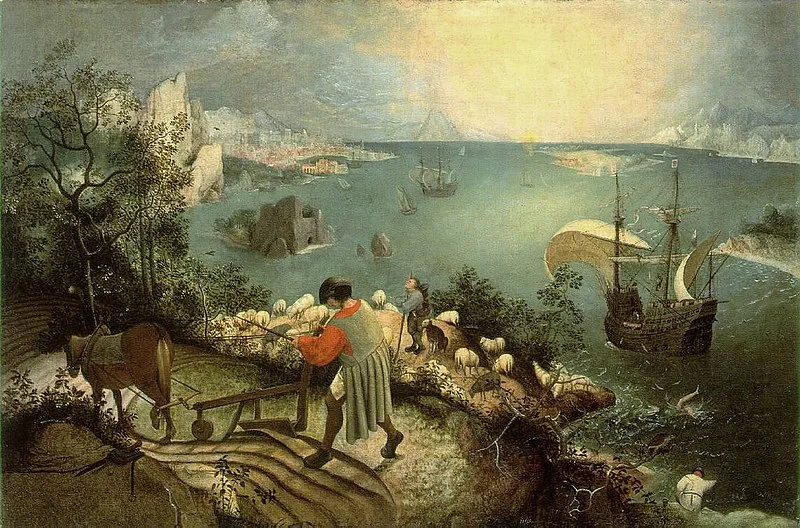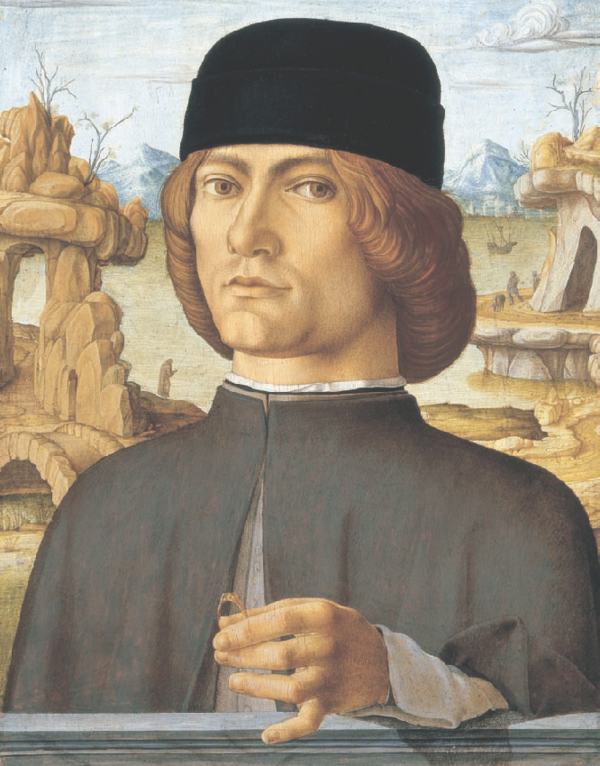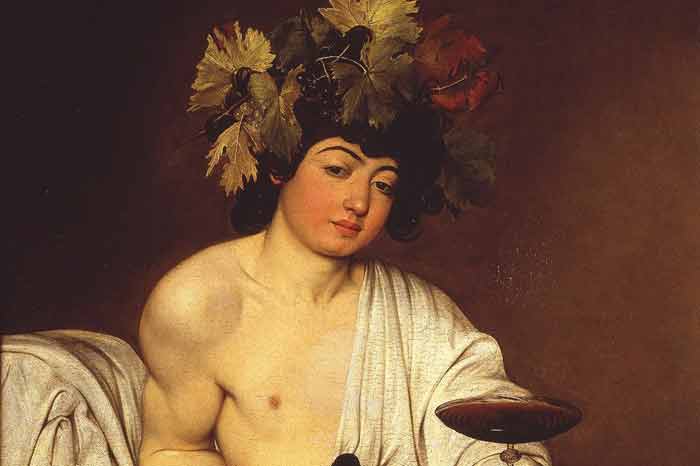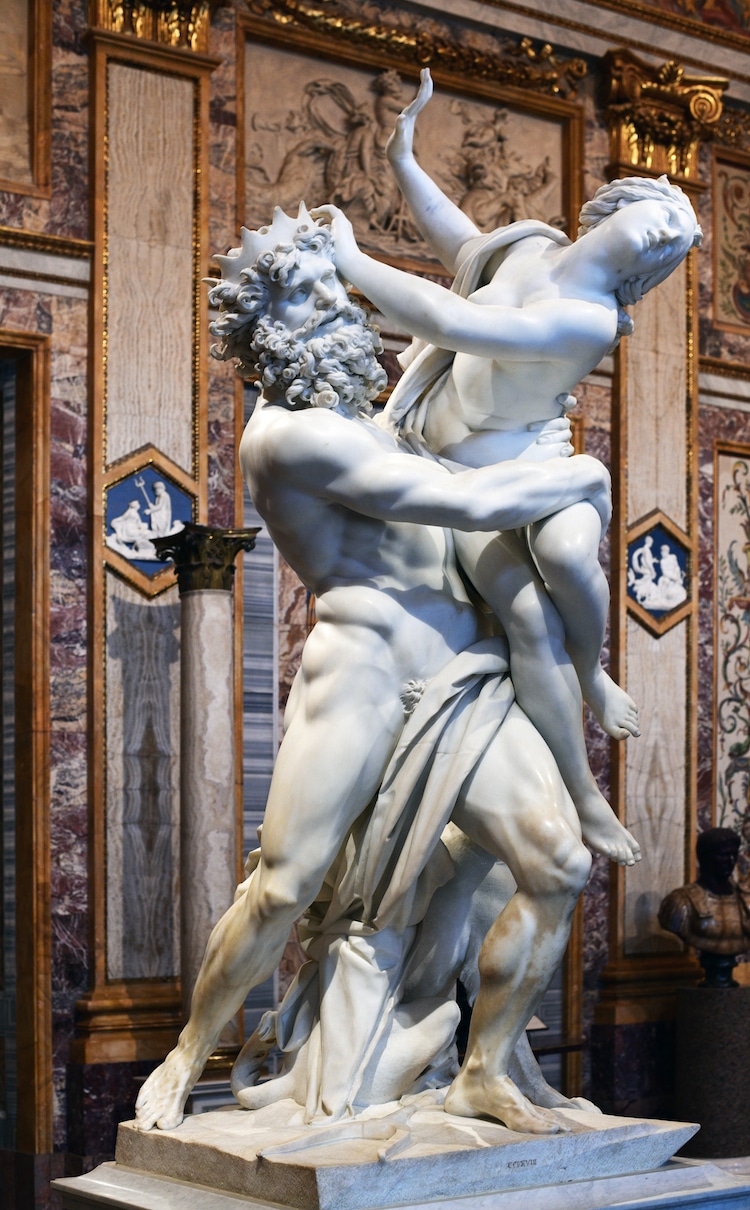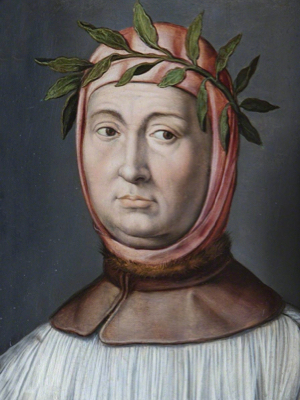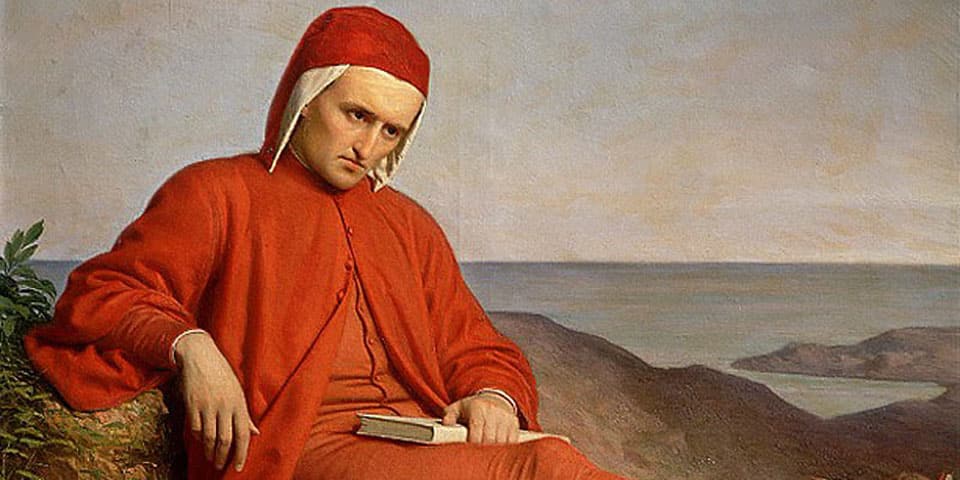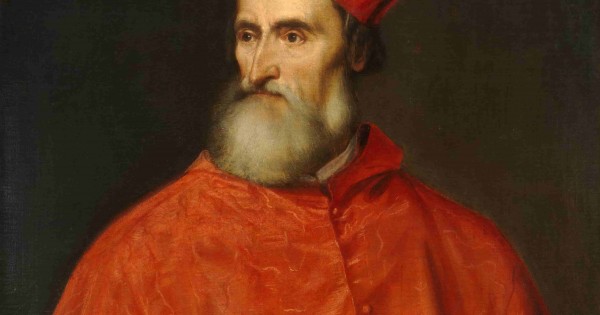Paolo Ucello
Early Renaissance figure
Paolo Uccello was a painter and mathematician who was notable for his pioneering work on visual perspective in art. Although considered a "minor" master by some 17th-century English writers, his reputation grew steadily in the following centuries, and today he is recognized as one of the greatest painters of the early Italian Renaissance.
Early life and development
His nickname, Uccello, means 'little bird' in Italian. He was the son of a barber and studied painting under Lorenzo Ghiberti, who won the competition for the doors of the Florence Baptistery in 1401. In his twenties, Uccello moved to Venice, where he worked on the frescoes on the Scuola di San Marco and became fascinated with perspective. This interest led him to develop his own style of representing depth and space. In 1436 he returned to Florence, where he painted a series of frescoes for the Cathedral's facade and executed various altarpieces.
Uccello's style
In his book Lives of the Artists, Giorgio Vasari wrote that Uccello was obsessed with his interest in perspective and would stay up all night in his study trying to grasp the exact vanishing point. While his contemporaries used perspective to narrate different or succeeding stories, Uccello used perspective to create a feeling of depth in his paintings.Paolo worked in the Late Gothic tradition, emphasizing color and pageantry rather than the Classical realism that other artists were pioneering. His style is best described as idiosyncratic, and he left no school of followers.
Uccello's most famous paintings are The Battle of San Romano in the National Gallery in London, The Battle of San Romano in the Louver Museum in Paris, and The Battle at Chariot Race at Florence Academy of Fine Arts.
